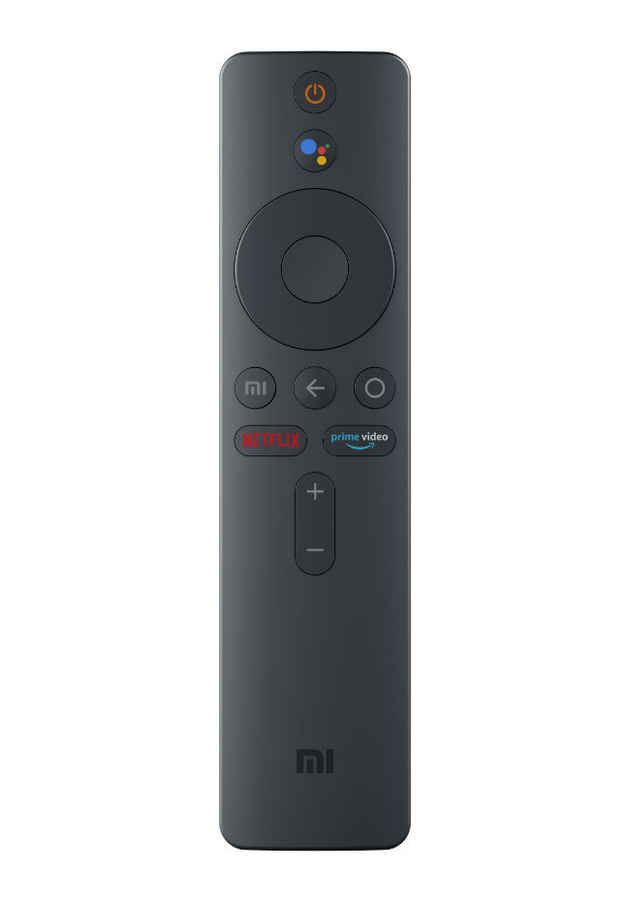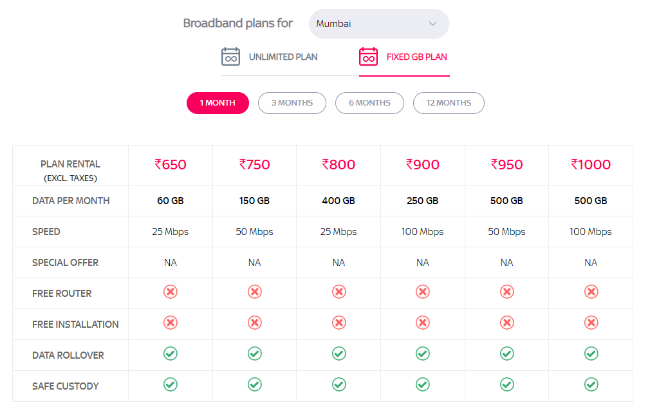The Chandrayaan-2 moon lander was India’s second attempt at sending a lunar craft to the moon. The mission was touted as to be a major step in India’s space faring goals. But, just a few days ago, the Indian government finally admitted that the lander crashed just 500 meters from its intended target. On September 6, ISRO lost contact with Chadrayaan-2 and it has now been revealed that the lander crashed because of a problem with its braking rockets.
In a statement to the Lok Sabha, the minister of state for the Department of Space has finally admitted that the Vikram lander has ‘hard landed’ on the surface of the moon. He said, “The first phase of descent was performed nominally from an altitude of 30 km to 7.4 km above the moon surface. During the second phase of descent, the reduction in velocity was more than the designed value. Due to this deviation, the initial conditions at the start of the fine braking phase were beyond the designed parameters. As a result, Vikram hard landed within 500 m of the designated landing site”
After losing contact with the lander on September 6, ISRO had said that the lander had been located but communication was not possible. It has taken sometime for the government to admit that the lander had failed was because they were trying to figure out what exactly happened up there. Its not easy to determine what happened to the lander as it was in outer space and diagnosing the issue must have been incredibly difficult.
Even though Chandrayaan-2 was ultimately unsuccessful in its endeavor, it needs to be said that the task of space travel is not an easy one and that even this failure will give ISRO the necessary data to make sure that it never happens again.
from Latest Technology News https://ift.tt/2OQbR3c


